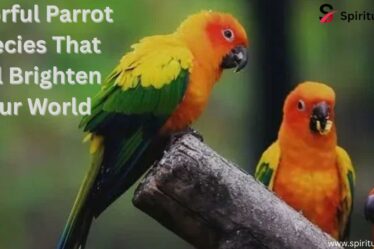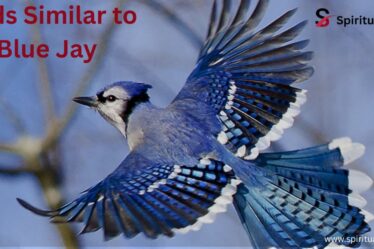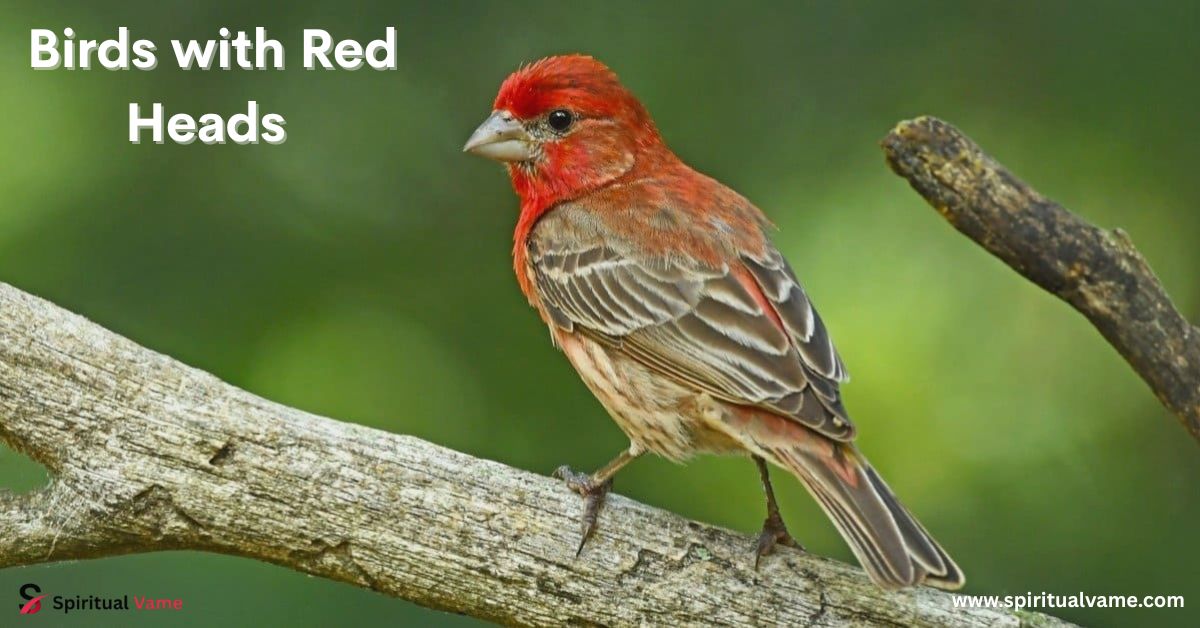
When you catch a glimpse of a flash of scarlet flitting between trees, you may have just seen one of nature’s most stunning marvels—birds with red heads. These radiant beauties brighten up woodlands, backyards, and open skies across North America, captivating birdwatchers and casual observers alike. Whether they’re pecking on trees, singing from rooftops, or darting through forests, red-headed birds are a symbol of energy and beauty in the avian world. In this guide, we’ll explore a wide range of species, their behaviors, habitats, and how you can spot them in your area. From the iconic Red-headed Woodpecker to the striking Northern Cardinal, each of these “Red Elfs in the Sky” brings its own charm.
Many red-headed birds serve important roles in their ecosystems, acting as seed spreaders, insect controllers, and indicators of environmental health. Whether you’re an experienced birder or just getting started, learning about these species can enrich your appreciation for wildlife. Let’s fly into the world of 30 birds with red heads, including facts on their size, diet, nesting habits, and more.
Woodpeckers
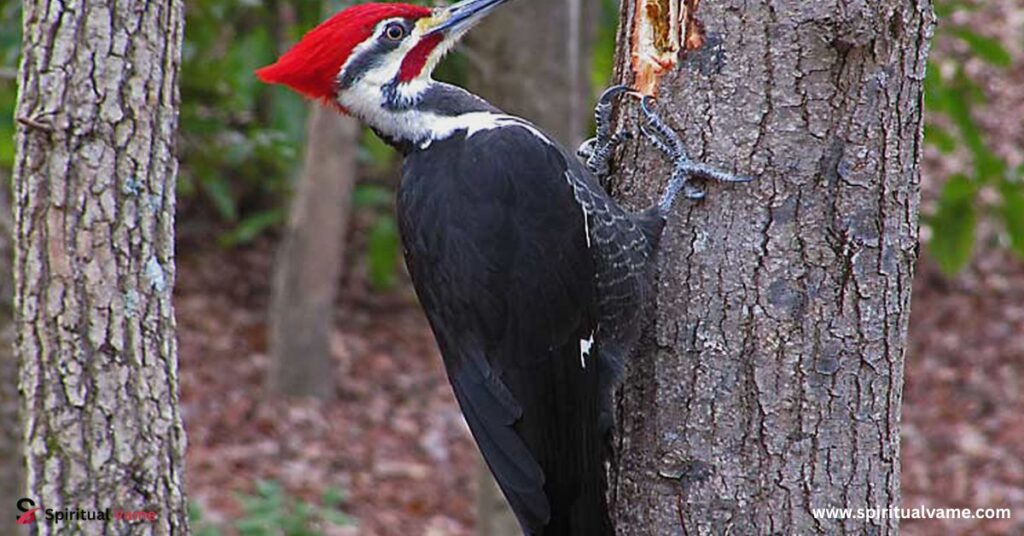
The forests echo with the rhythmic drumming of woodpeckers, many of which sport brilliant red patches on their heads. These birds are masters of vertical climbing and often nest in tree cavities, which they carve with their strong, chisel-like beaks. They’re known for their loud vocalizations, including the distinct “wick-a-wick” call from the Red-headed Woodpecker (Melanerpes erythrocephalus).
The Red-headed Woodpecker, measuring around 7.5–9.8 inches, is easily identified by its bold crimson head, black back, and white wings. Found in open woodlands, savannas, and orchards across North America, this species is omnivorous, feeding on insects, seeds, fruits, and even small animals. They’re also known for caching food, hiding it behind bark or in tree holes. While their population is stable, habitat loss threatens their range.
The Pileated Woodpecker, with its wild red crest and large size, is often mistaken for a flying dinosaur. It prefers mature forests and is known to excavate massive holes in decaying trees. Other species like the Downy Woodpecker, Acorn Woodpecker, and Red-bellied Woodpecker (Melanerpes carolinus) also exhibit vibrant red heads or caps. The Downy, in particular, thrives in urban areas, easily seen hopping on tree trunks and feeders.
Finches and Sparrows
Finches and sparrows with red heads are smaller than woodpeckers but just as fascinating. These songbirds charm with their musical calls and often visit backyard feeders, especially in winter. One of the most common is the House Finch (Haemorhous mexicanus), found widely in urban areas. Males display rosy red plumage on the head and chest, especially during the mating season.
Another lookalike is the Purple Finch (Haemorhous purpureus), slightly stockier with more reddish-purple tones. It measures 5–6 inches and is commonly found in coniferous forests as well as suburban areas. Purple Finches enjoy seeds, buds, and warbling songs, often mimicking other birds.
One of the more northern species is the Common Redpoll (Acanthis flammea), easily identified by its red cap and black chin. These small birds often travel in nomadic flocks, searching for seed-rich areas during colder months. They’re extremely cold-hardy and can even tunnel into snow to stay warm. While not native to the U.S., the Red-headed Finch (Amadina erythrocephala) is sometimes seen in aviaries or pet collections, prized for its bright red head and scaled body.
Cardinals and Grosbeaks
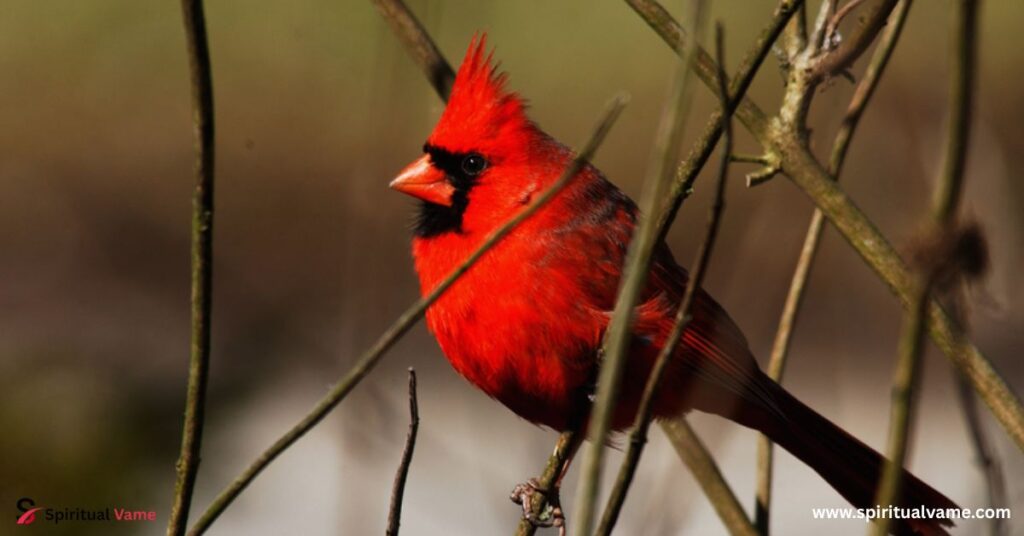
Few birds are as striking as the Northern Cardinal (Cardinalis cardinalis). With its red plumage, tall crest, and loud whistled songs, it’s a staple in many American backyards. This songbird, around 8–9 inches long, is both a beauty and a survivor. It thrives in a range of habitats, including shrubs, trees, and vines, and eats a diet of seeds, fruits, and insects. Males are famously territorial and often seen guarding bird feeders.
The Pine Grosbeak (Pinicola enucleator) is another stunner. It’s a large finch with soft red tones and a gentle demeanor. This bird lives mostly in northern boreal forests and visits southern areas during irruption years. It forages for fruits and seeds and sings soft, flute-like songs.
Among the tanagers, the Summer Tanager (Piranga rubra) stands out with its uniform red coloring. It’s the only all-red bird in the U.S. and loves to eat bees and wasps. The Scarlet Tanager (Piranga olivacea), on the other hand, features jet-black wings and bright scarlet bodies, while the Western Tanager (Piranga ludoviciana) flaunts yellow plumage and a vivid red-orange head. Often spotted high in coniferous forests, the Western Tanager measures around 6.3–7.9 inches and feeds on nectar, insects, and fruit.
Warblers and Flycatchers
The bird world gets even more colorful with the arrival of red-headed warblers and flycatchers. The Vermilion Flycatcher (Pyrocephalus rubinus) is a tiny but eye-catching species, covered in blazing red and dark brown. It prefers open areas with few trees and is commonly found in the desert southwest. You’ll often see it perched low before darting out to grab a flying insect.
In the mountains of the Southwest, the Red-faced Warbler (Cardellina rubrifrons) sings in high-altitude forests. This bird is mostly white with a red face and black cap, making it highly distinctive. Though rare in the U.S., it’s a treat for birders visiting Arizona or New Mexico during the breeding season.
Tanagers
Many of the most vibrantly colored red-headed birds belong to the tanager family. The Crimson-collared Tanager (Ramphocelus sanguinolentus) and Masked Crimson Tanager (Ramphocelus nigrogularis) are typically tropical but admired in the U.S. through bird collections and exhibits. The former has a rich crimson body and black wings, while the latter sports a black mask over a deep red face and body.
One of the less common but breathtaking species is the Flame-colored Tanager (Piranga bidentata). With a size of 6–7 inches, its red and orange plumage and black wings set it apart. It prefers mountainous areas and is known as an agile forager, moving quickly through treetops.
Other Species
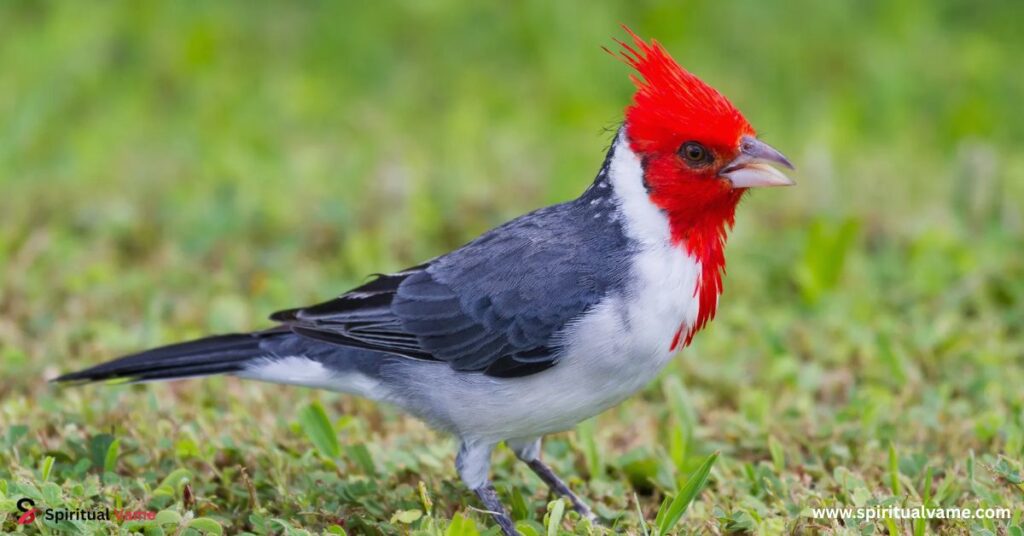
The world of red-headed birds extends far beyond North American species. The Red-crested Cardinal (Paroaria coronata), with its red crest and white body, is native to South America but also lives in Hawaii. It’s known for being tame and easily spotted in parks.
The Red-headed Barbet (Eubucco bourcierii), Red-capped Cardinal (Paroaria gularis), and Red-headed Manakin (Ceratopipra rubrocapilla) are tropical species with intense color. They thrive in humid forests and show incredible variety in their feeding and mating behaviors. Similarly, the Scarlet-headed Blackbird (Amblyramphus holosericeus) brings a splash of red to the South American wetlands.
Parrots and parakeets aren’t left out. The Crimson Rosella (Platycercus elegans), native to Australia, is kept in aviaries and known for its mimicry. The Red-fronted Parakeet (Cyanoramphus novaezelandiae), or Kakariki, is an energetic, green-bodied bird with a red forehead, often kept as a pet in the U.S.
Stunning Birds With Red Heads
Bird lovers will find immense joy in spotting these 17 birds with red heads. Some are easy to identify, like the Red-headed Woodpecker or the Northern Cardinal, while others like the Red-breasted Sapsucker and Cassin’s Finch may require a closer look. The inclusion of original photography helps improve identification, especially for beginners who are learning vocalizations, feeding habits, and migration patterns. Many of these birds can be spotted right from your backyard, especially with the right feeders and bird-friendly landscaping.
5 Different kinds of Birds with Red Heads
If you’re just starting out, here are a few types of red-headed birds to look out for. The House Finch, Downy Woodpecker, and Red-bellied Woodpecker are frequent guests at feeders across the country. The Hairy Woodpecker, which looks much like the Downy but is larger, uses its powerful beak to forage deep into trees. The Summer Tanager and Northern Cardinal are easier to identify thanks to their solid red feathers and clear territorial songs. Whether you’re in the city, suburbs, or countryside, these birds might be closer than you think.
Conclusion
The dazzling world of birds with red heads is rich in color, sound, and diversity. From tiny finches to majestic woodpeckers, these species play a vital role in our ecosystems. With varied diets, striking plumage, and fascinating behaviors, they are a joy to observe and study. You can help support them by providing food, shelter, and safe spaces in your yard or local parks. Grab your binoculars, a field guide, and head outside—you never know when a red elf in the sky might land nearby.

